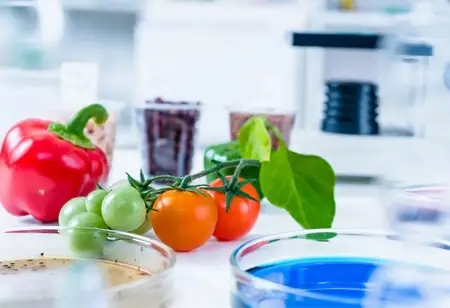Thank you for Subscribing to Food Business Review Weekly Brief
Science behind Food Flavoring
Considering that artificial tastes are created in laboratories, they must undergo a thorough safety and health examination before being used.

By
Food Business Review | Friday, December 02, 2022
Stay ahead of the industry with exclusive feature stories on the top companies, expert insights and the latest news delivered straight to your inbox. Subscribe today.

Considering that artificial tastes are created in laboratories, they must undergo a thorough safety and health examination before being used.
FREMONT, CA: Food flavorings are a major contributor to the taste of many of the food and beverages we eat daily. The distinctive taste characteristics of each food and beverage result from the interaction of dozens, even hundreds, of chemicals that make up flavors. Though a significant component of contemporary food production, food flavorings are still largely unknown to the public.
Flavor creation: Flavorists influence the development of tastes. Flavorists know the expressions and feelings of thousands of different taste components. Using natural and enticing aromas, they apply this information to develop tastes that improve the taste of various meals.
A flavorist must understand both the flavor's chemistry and the final result. Flavorists also depend significantly on instrumental examination of tastes, which often uses various chromatographic methods.
Flavor composition: A flavor composition covers a variety of topics, including the use of compositions in food products, their preparation, and their inherent savory flavors. The flavorist combines and creates a flavor for a particular end-use application using hundreds of recognized scent components.
Aromatic compound
The individual aromatic compounds in a flavor fall into one of three classes, is
Impact compound: Impact compound is specific aroma molecules that best characterize a flavor. These molecules would smell like the taste when inhaled on their own.
Contributory compound: Contributing substances increase the flavor's depth and distinctiveness. They need to have the flavor with that term in mind.
Differential Compounds: Tens and thousands of aroma compounds will be available from a flavor house to service the food and fragrance industries.
To "tweak" the desired flavor profile in the customer's product, each composition is made using distinctive combinations of various chemicals.






